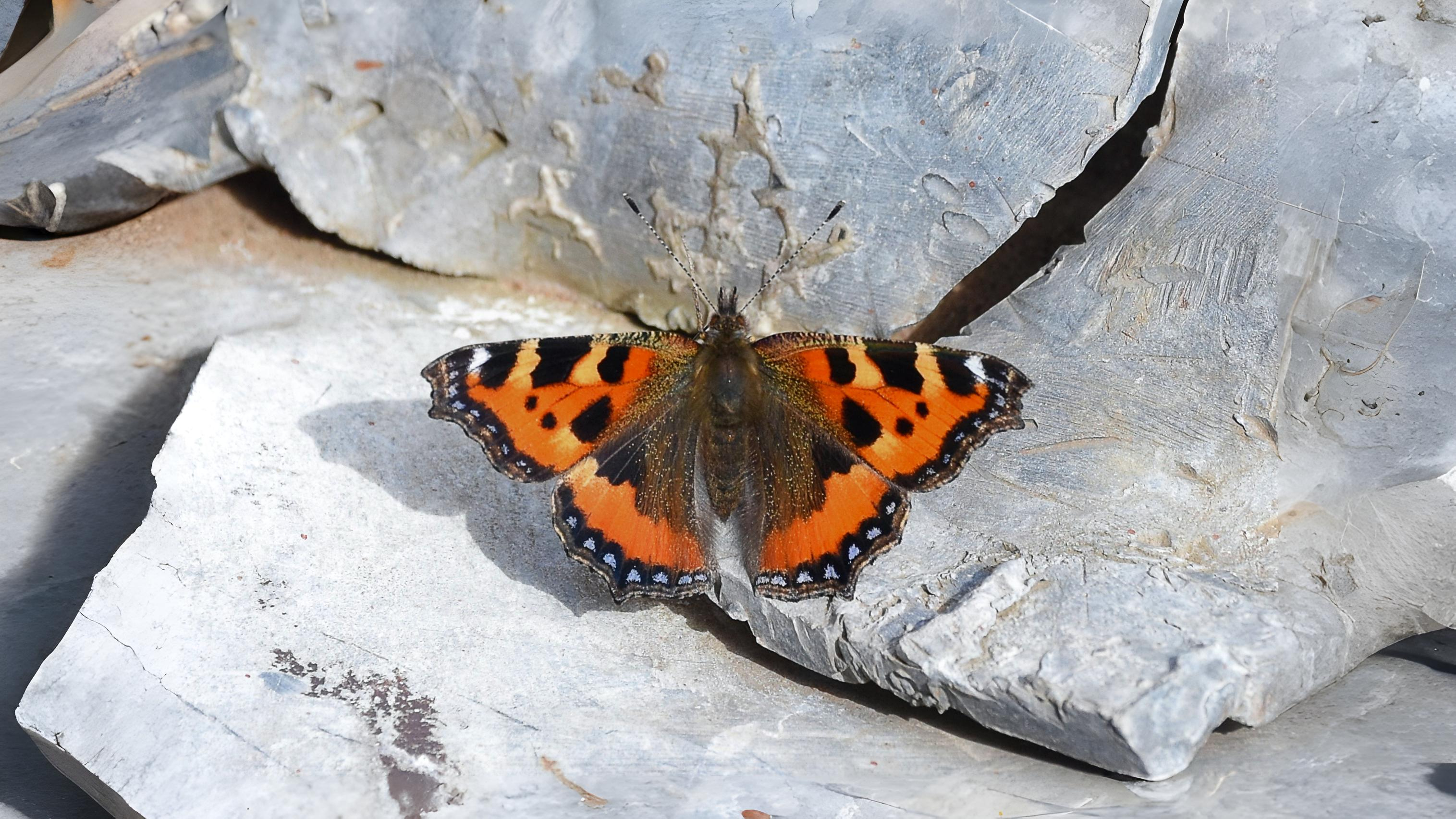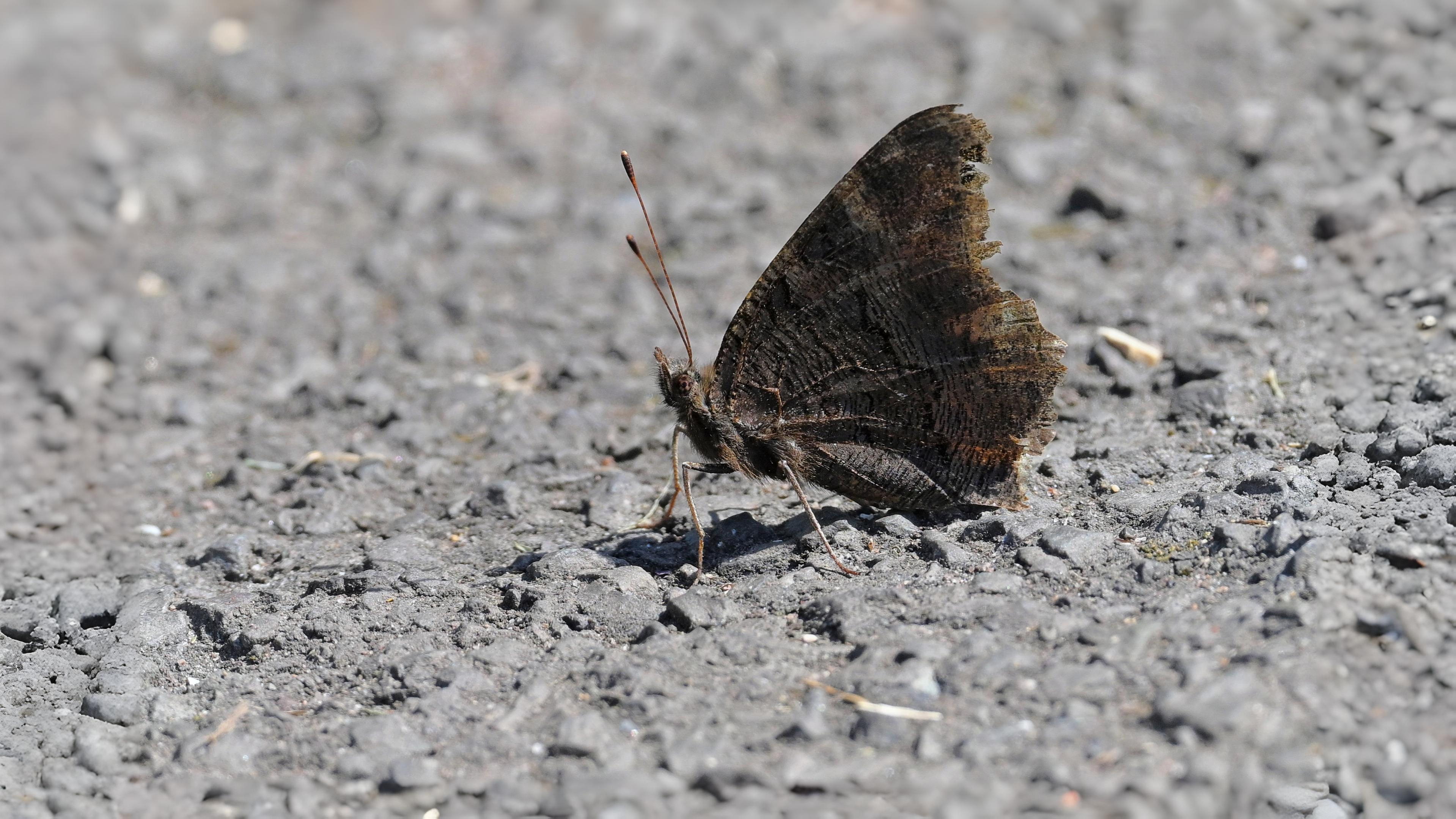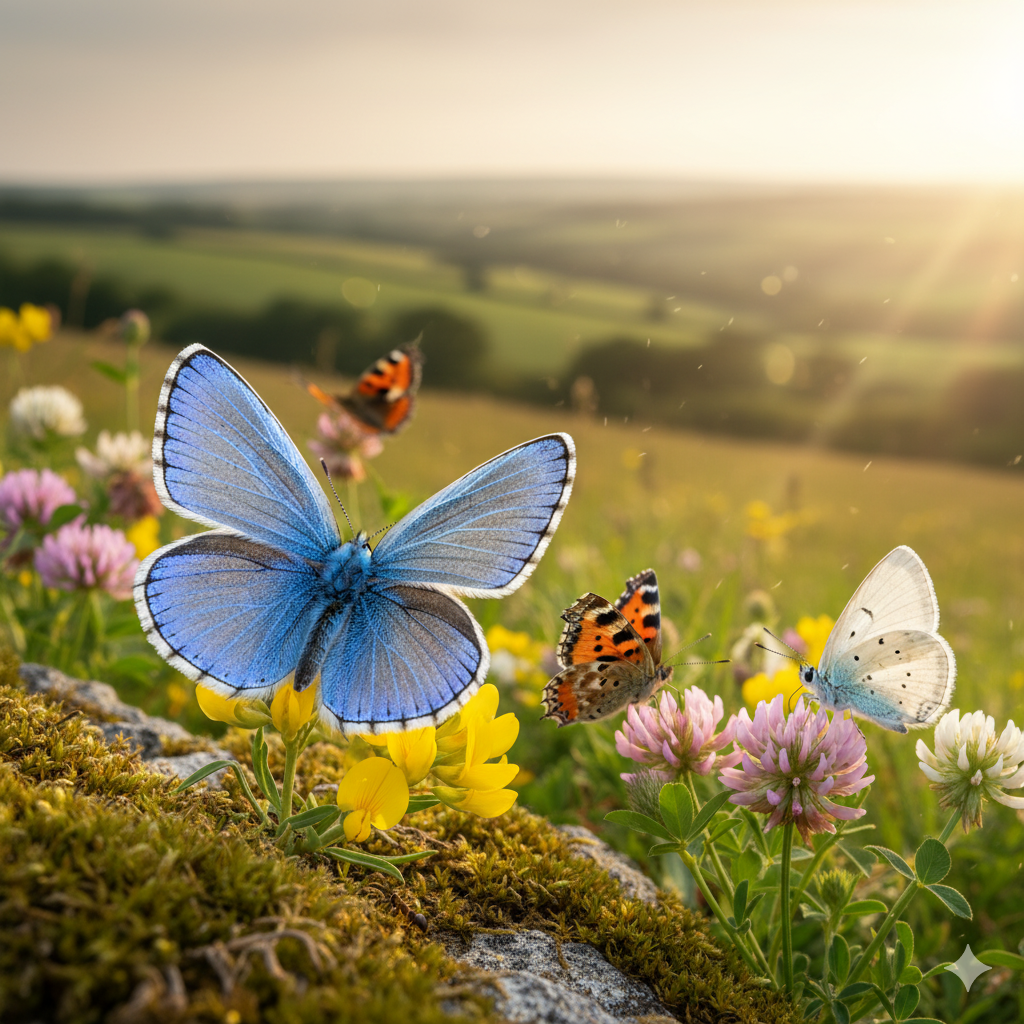
Check back on September 14th for the next autumn treasure.
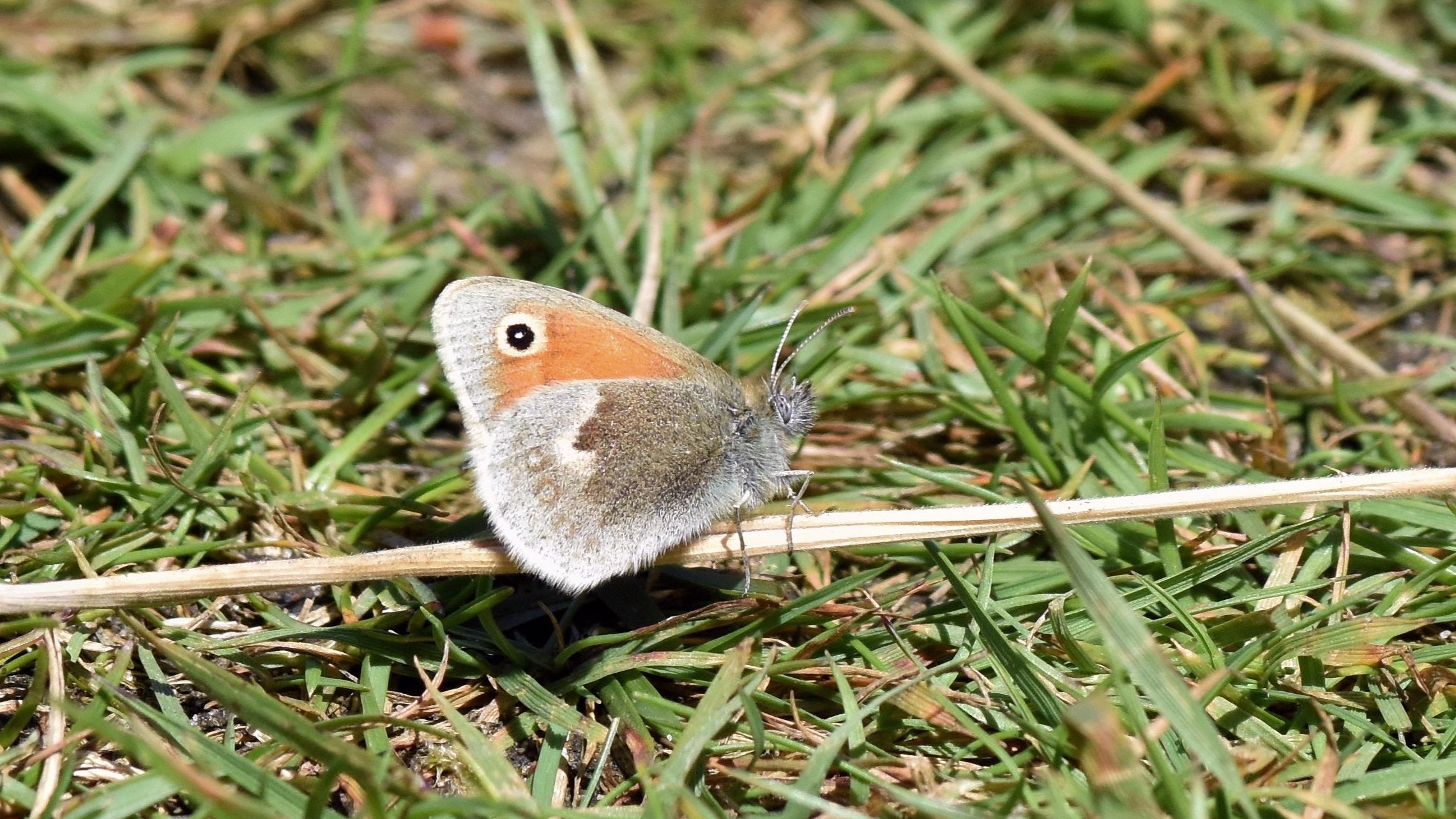

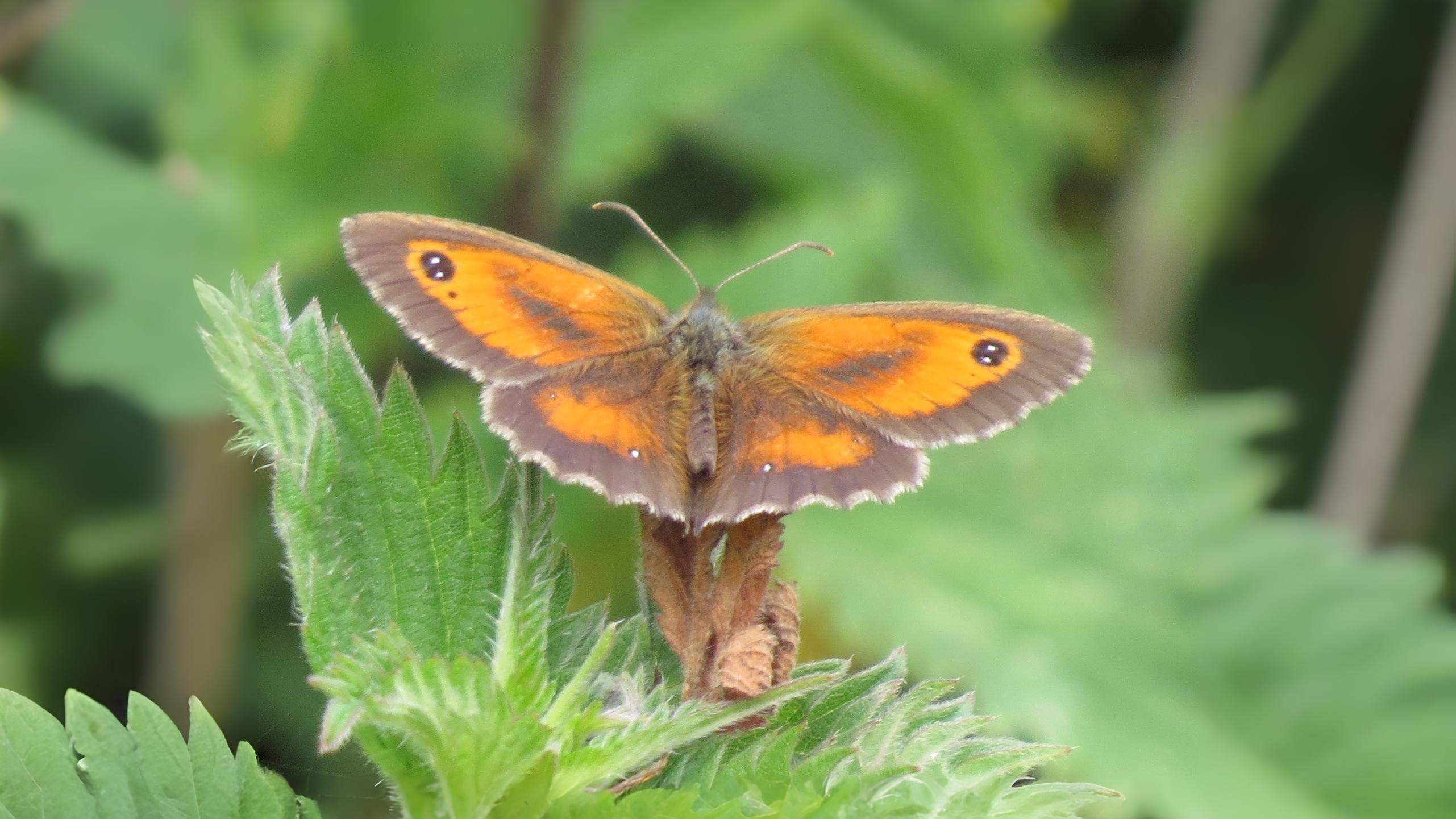

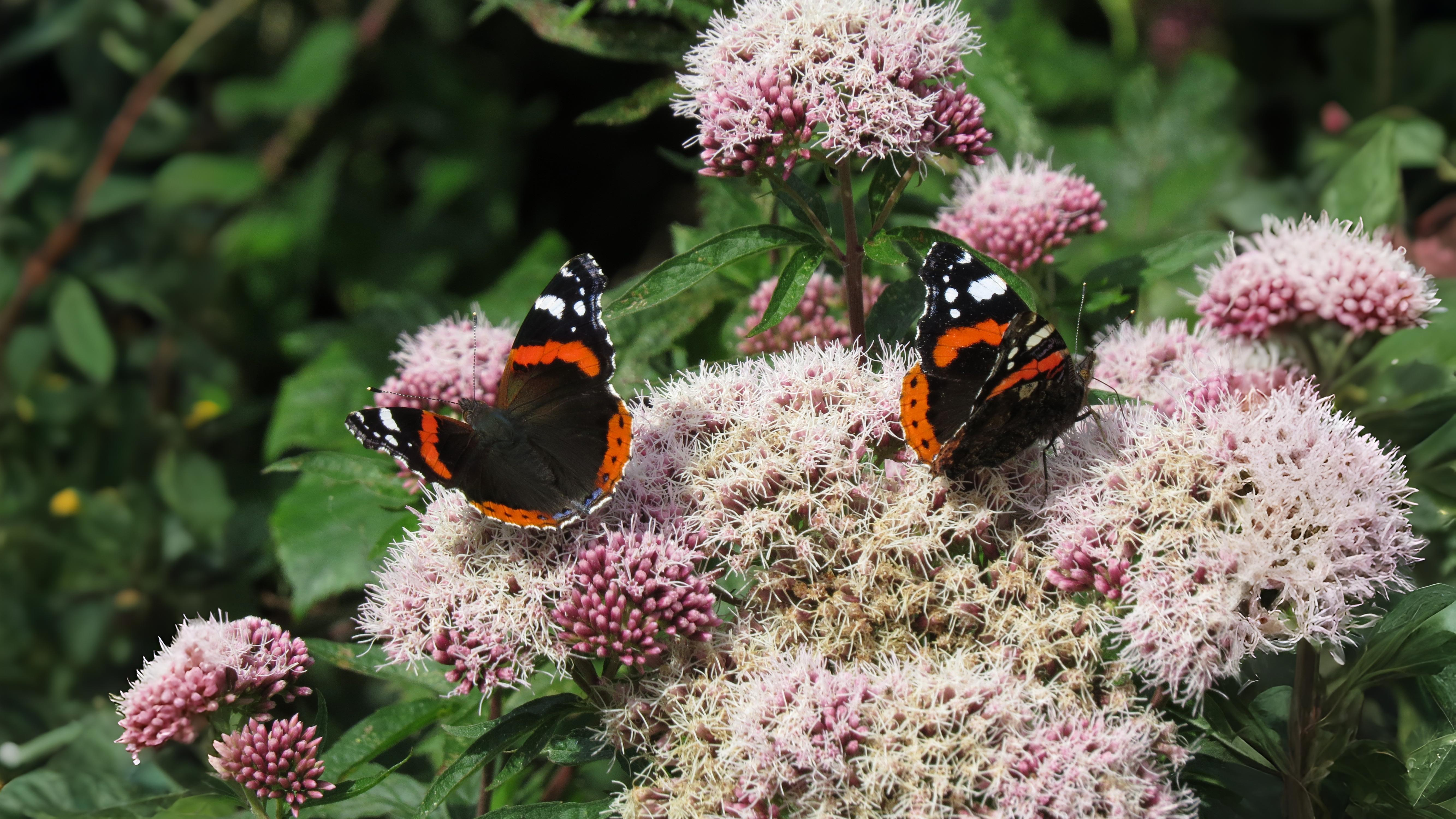

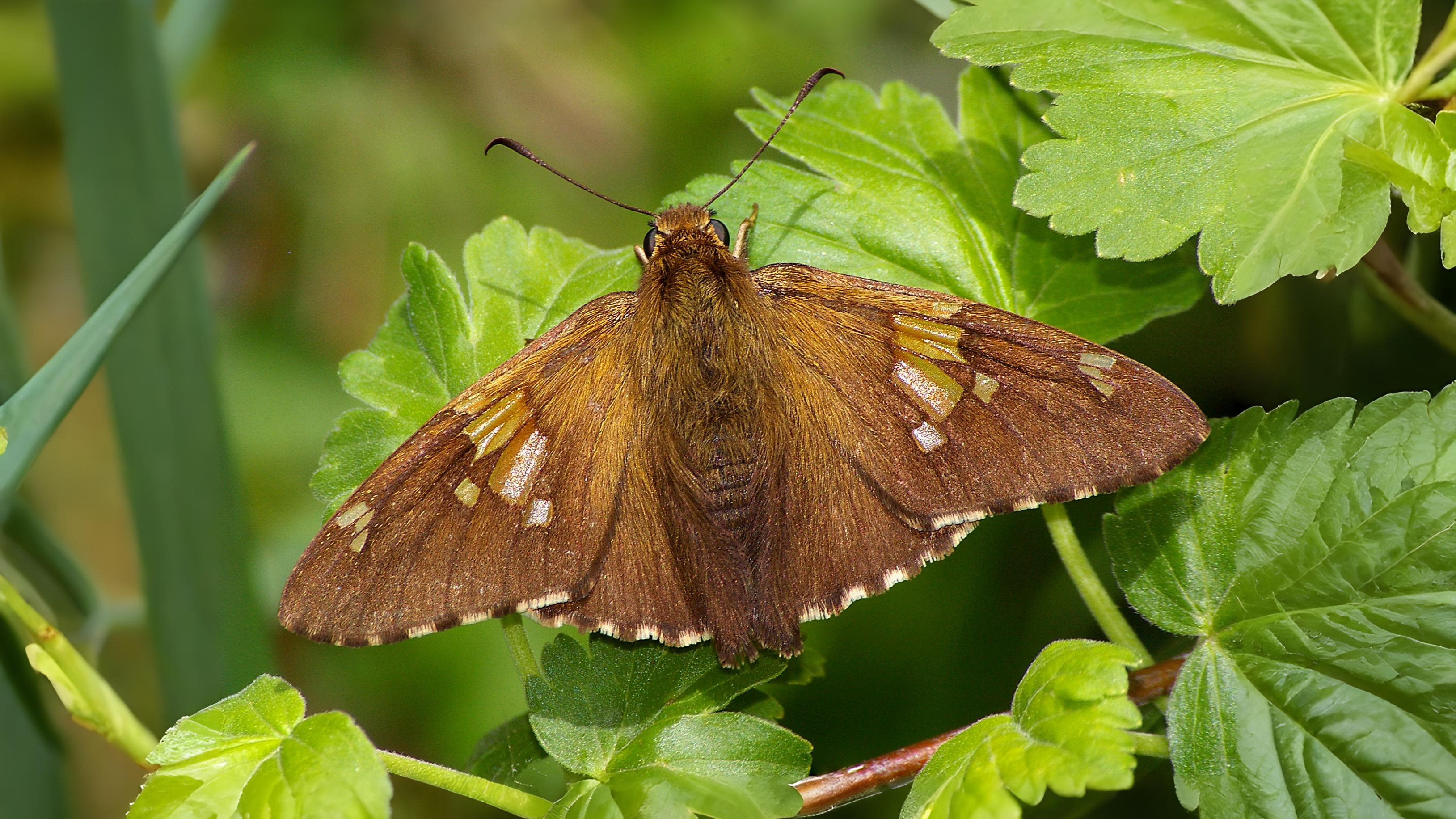

The blues generally tend to be more a feature of the first part of the month. Holly, chalk hill and brown argus can all possibly still be seen. The small blue is only likely in the first week but the Adonis blue may be flying the whole month. Like so many other butterflies, it has very precise food requirements as well as a complicated life cycle involving ants. In this case it will only lay its eggs on horseshoe vetch which, in our area, seems to be restricted to one or two places of perfect chalk downland. Even then the turf has to be exactly the right height and there must be bare chalky scrapes for the females to bask whilst waiting for males to visit them.
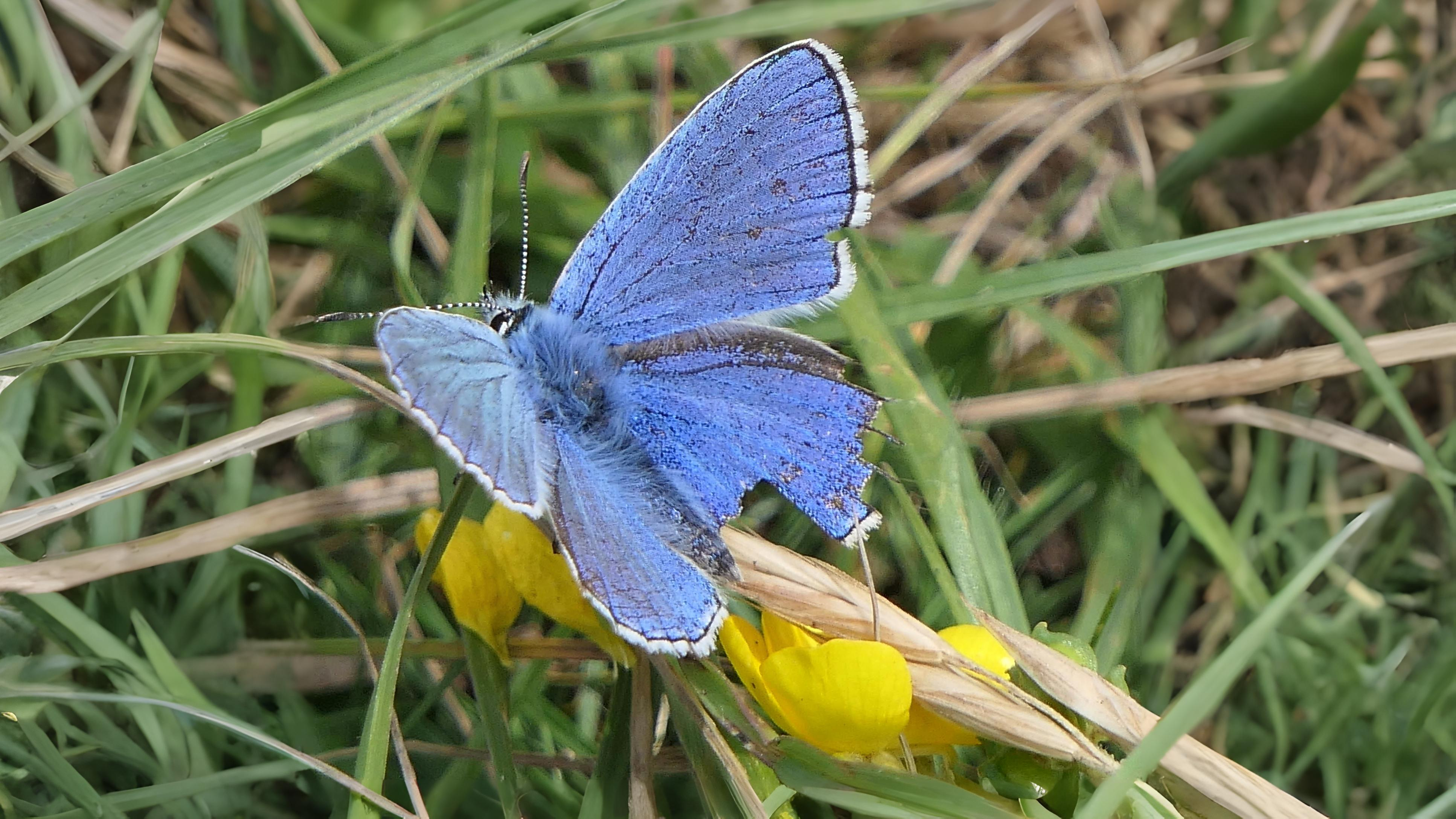

Any large congregation of Vanessids and other large colourful butterflies on late summer perennials in gardens is one of the most memorable sights of the month. Typical species to be seen include red admiral, peacock, painted lady, large white, comma and small tortoiseshell.
